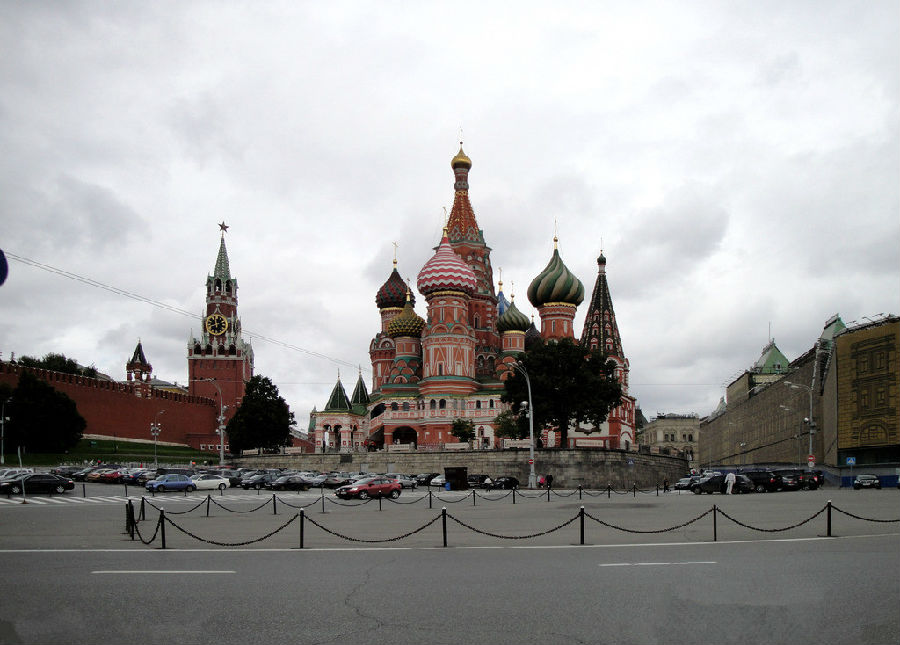By September 1612, the army of Minin and Pozharsky was at the gates of Moscow.
1612年9月,米寧和波扎爾斯基的部隊逼近莫斯科的城門
On November 4th, 1612, Moscow was captured and the Zemsky Sobor was summoned once again.
1612年11月4日,莫斯科被包圍,縉紳議會再次召開
This time including even peasant representatives to elect a new Tsar.
與會人員甚至有農民代表和選舉新的沙皇
Although Prince Pozharsky was regarded rightly as the savior of his country and was supposedly descended from Rurik,
盡管王公波扎爾斯基理所當然被認為拯救了國家且又是留里克血統
he stayed out of the election.
但他不參與選舉
The Russian people needed a free choice for their next leader.
俄國人民需要自由選擇下一位領導人
And Pozharsky would not complicate the choice.
波扎爾斯基沒有讓選擇更復雜

A statue of Minin and Pozharsky stands in Red Square to this day.
米寧和波扎爾斯基的雕塑至今仍矗立在紅場
And in 2005, the Russian Federation began celebrating November 4th as the day of National Unity.
2005年,俄羅斯聯邦決定把11月4號作為國家統一日
Segment 17e: Conclusions.
17節E 總結
1, The secret of Moscow's success.
一,俄國成功的秘訣
In the first place, Moscow, like Rome, was blessed with a good defensible location.
莫斯科像羅馬一樣擁有優良的防御位置
It was far away from the Mongols, and it was close to both river and land transport which made trade possible.
遠離蒙古,靠近河流和陸路交通方便了商貿
Next, the Muscovite princes tended not to produce multiple male offspring which kept their land unseparated.
第二,莫斯科公國王公沒有很多男性的子嗣,因此土地沒有分散











